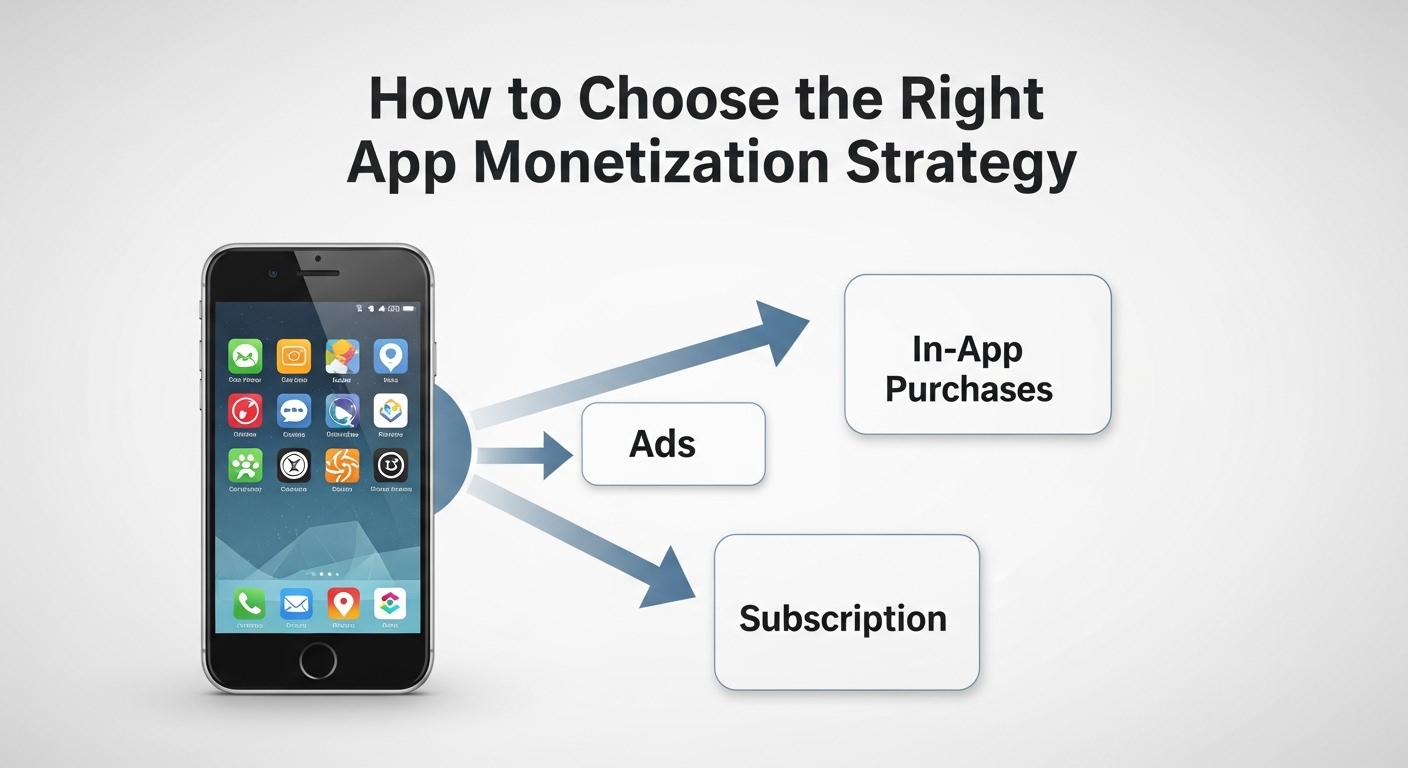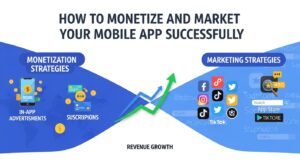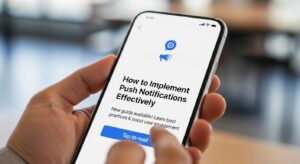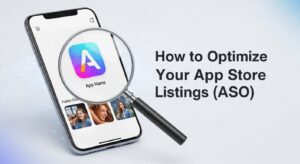Choosing the right app monetization strategy can make or break your mobile application’s financial success. With over 3.8 million apps competing in major app stores, developers who master monetization techniques see revenue increases of up to 300% compared to those using generic approaches.
Understanding App Monetization Fundamentals
Before diving into specific mobile app revenue models, it’s crucial to understand that monetization isn’t a one-size-fits-all solution. Your strategy should align with your app’s purpose, target audience, and user behavior patterns.
The most successful apps combine multiple revenue streams rather than relying on a single monetization method. This diversified approach provides stability and maximizes earning potential across different user segments.
The 5 Core App Monetization Strategies
1. Freemium Model with In-App Purchases
The freemium app monetization model offers basic functionality for free while charging for premium features. This strategy works exceptionally well for productivity apps, games, and social platforms.
Key Implementation Tips:
- Provide substantial value in the free version
- Create clear upgrade paths to premium features
- Use strategic feature limitations that encourage upgrades
- Implement progressive disclosure of premium benefits
Popular examples include Spotify, which offers limited skips and ads in the free version, and Dropbox, which restricts storage space for free users.
2. Subscription-Based Revenue Model
Subscription monetization generates recurring revenue, making it highly attractive for sustainable business growth. This model works best for apps providing ongoing value like streaming services, fitness apps, or professional tools.
Subscription Strategy Elements:
Subscription Type | Best For | Average Retention Rate |
Monthly | Content apps, utilities | 65-70% |
Annual | Professional tools | 80-85% |
Tiered plans | SaaS applications | 75-80% |
Successful subscription apps focus on demonstrating continuous value and reducing churn through excellent user experience and regular content updates.
3. Advertising Revenue Models
App advertising revenue can be highly lucrative when implemented strategically. The key is balancing ad frequency with user experience to avoid driving users away.
Advertising Formats:
- Banner ads (lowest revenue, least intrusive)
- Interstitial ads (moderate revenue, higher engagement)
- Rewarded video ads (highest revenue, best user experience)
- Native ads (seamless integration, strong performance)
Apps using rewarded video advertising often see 20-30% higher user engagement compared to forced advertising models.
4. Paid App Downloads
While less common in today’s market, paid downloads still work for specialized or premium applications. This strategy requires strong value proposition and excellent app store optimization.
When Paid Downloads Work:
- Professional or business tools
- Specialized utilities with no free alternatives
- Premium games with high production value
- Apps targeting professional markets
5. Hybrid Monetization Approach
The most successful apps combine multiple monetization strategies to maximize revenue from different user segments. This approach might include freemium features, optional subscriptions, and non-intrusive advertising.
Choosing Your Optimal App Monetization Strategy
Analyze Your Target Audience
Understanding your users’ spending habits and preferences directly impacts monetization success. Consider these factors:
User Demographics:
- Age groups and income levels
- Geographic location and purchasing power
- Device preferences and usage patterns
- Willingness to pay for digital content
Evaluate App Category and Competition
Different app categories perform better with specific monetization models. Gaming apps excel with in-app purchase optimization, while productivity apps often succeed with subscription models.
Research your competitors’ monetization strategies through tools like App Annie or Sensor Tower to identify market opportunities and pricing benchmarks.
Consider Development and Maintenance Costs
Your monetization strategy should cover development costs while providing sustainable profit margins. Factor in:
- Initial development investment
- Ongoing maintenance and updates
- Marketing and user acquisition costs
- Platform fees and payment processing
Implementation Best Practices
Start with User Experience
The most effective app monetization strategy prioritizes user experience over immediate revenue. Apps that provide genuine value before asking for payment see significantly higher conversion rates.
Test and Optimize Continuously
Implement A/B testing for pricing, feature placement, and promotional offers. Small optimizations can lead to substantial revenue improvements over time.
Key Metrics to Monitor:
- Conversion rates from free to paid
- Average revenue per user (ARPU)
- Customer lifetime value (CLV)
- Churn rates and retention metrics
Implement Analytics and Tracking
Use comprehensive analytics platforms like Firebase Analytics or Mixpanel to track user behavior and monetization performance.
Advanced Monetization Techniques
Personalized Pricing Strategies
Dynamic pricing based on user behavior and demographics can increase revenue by 15-25%. Consider factors like:
- User engagement levels
- Geographic purchasing power
- Historical spending patterns
- Device and platform preferences
Cross-Platform Monetization
Extend your monetization strategy across multiple platforms and devices. Users who engage with your app ecosystem across platforms typically have 40% higher lifetime values.
Common Monetization Mistakes to Avoid
- Monetizing Too Early: Focusing on revenue before establishing user base and engagement often backfires. Build a loyal user community first, then introduce monetization elements gradually.
- Ignoring User Feedback: Users provide valuable insights about pricing, features, and monetization preferences. Regularly collect and analyze feedback to refine your approach.
- Over-Reliance on Single Revenue Stream: Diversifying revenue sources protects against market changes and provides multiple optimization opportunities.
Measuring Monetization Success
Track these essential KPIs to evaluate your mobile app revenue models:
- Monthly recurring revenue (MRR)
- Average revenue per paying user (ARPPU)
- Conversion funnel metrics
- User acquisition cost vs. lifetime value ratio
Future Trends in App Monetization
The app monetization landscape continues evolving with emerging technologies and changing user preferences. Stay informed about:
- Blockchain and cryptocurrency integration
- AI-powered personalization
- Voice commerce opportunities
- Augmented reality monetization
Conclusion
Selecting the right app monetization strategy requires careful consideration of your audience, app category, and business goals. Start with a user-centric approach, implement analytics for data-driven decisions, and continuously optimize based on performance metrics.











